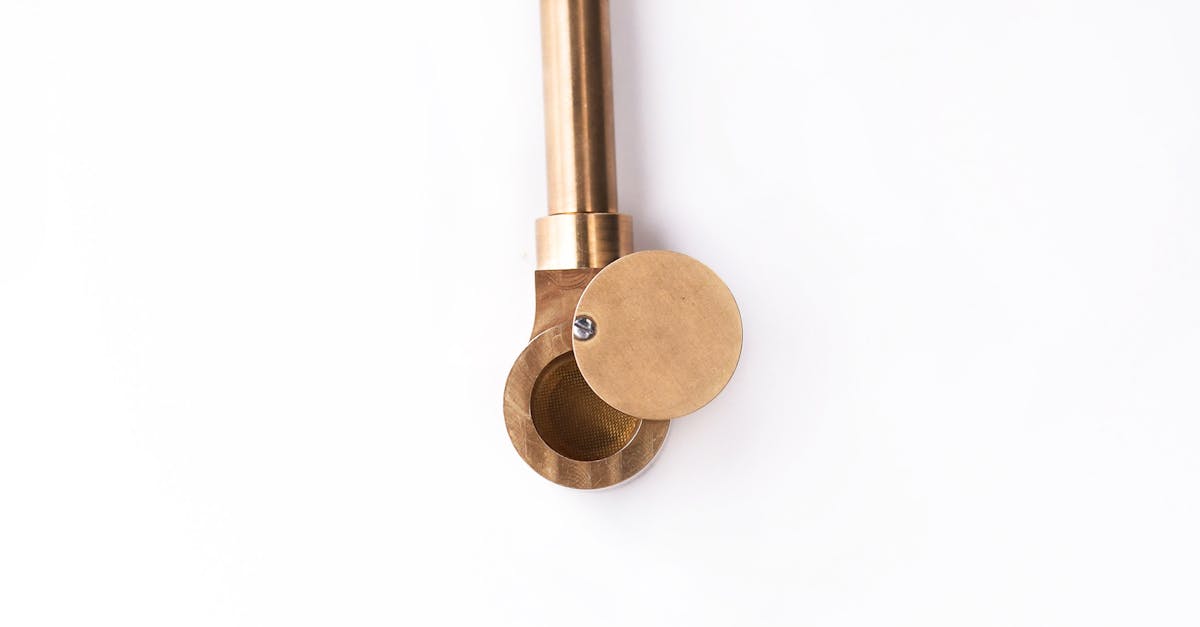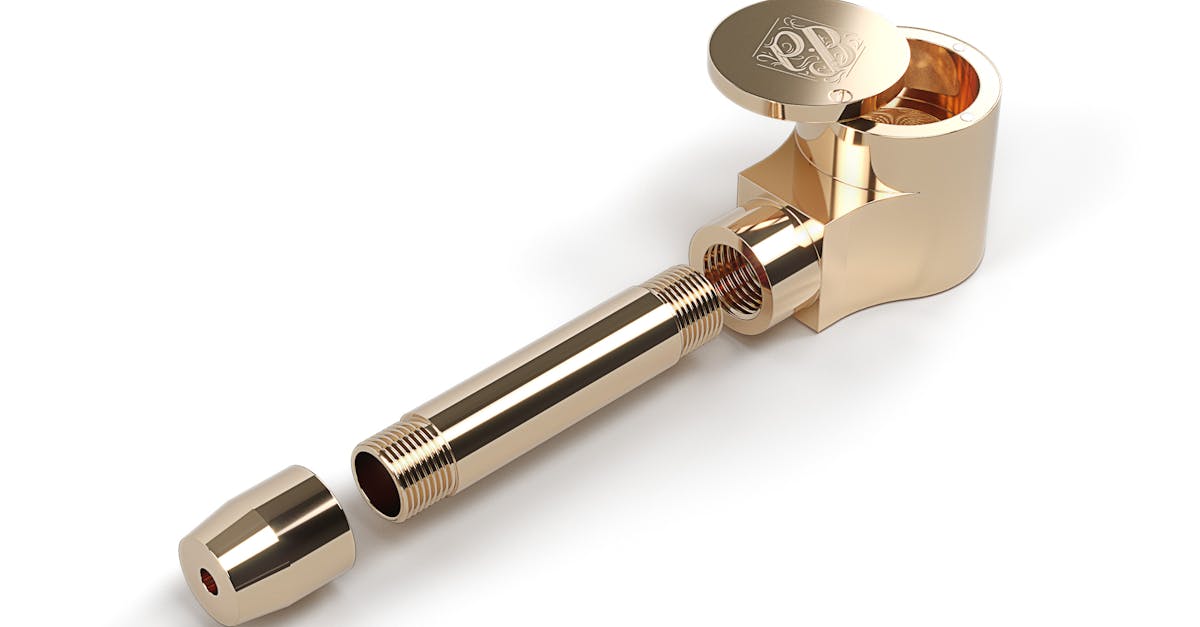
Table Of Contents
Common Mistakes to Avoid When Staking Cannabis
When staking cannabis plants, there are common mistakes that many growers make that can hinder the plant's growth and overall health. One prevalent error is using stakes that are too thick or too thin for the size of the plant. Stakes that are too thick can cause damage to the stem, affecting the plant's ability to transport nutrients effectively. On the other hand, stakes that are too thin may not provide enough support for the cannabis plant, leading to bending or breaking under the weight of the buds. It is essential to choose stakes that are appropriate in size and strength for the specific needs of your cannabis plants.
Another mistake to avoid when staking cannabis is neglecting to secure the plant properly to the stake. Improper securing can result in the plant leaning to one side or slipping out of place, causing unnecessary stress and potential damage. It is crucial to use soft ties or twine to gently fasten the plant to the stake, allowing for some flexibility while still providing the necessary support. Ensuring that the ties are not too tight is also essential to prevent constriction of the plant's growth. When staking cannabis, remember to prioritize plant health and growth to yield the best results. Cannabis Accessories in Oshawa can provide you with the necessary tools and guidance for successful plant staking practices.
Preventing Damage to Your Cannabis Plants
When considering staking cannabis plants, it is crucial to prevent any potential damage to your valuable crop. Damage prevention plays a significant role in maintaining the health and productivity of your cannabis plants. In order to safeguard your plants from harm, it is essential to carefully inspect the staking materials used. By ensuring that the materials are sturdy and will not cause any abrasions or cuts to the plants, you can minimize the risk of damage significantly. Additionally, proper placement of stakes to provide adequate support without constricting the plants is essential to prevent any unnecessary stress or injuries.
Investing in high-quality staking materials such as bamboo stakes or soft ties can help protect your cannabis plants from damage during the staking process. These materials are gentle on the plants while still providing the necessary support to help them grow upright and strong. By taking the time to select the right staking materials and implementing proper staking techniques, you can ensure the health and vitality of your cannabis plants throughout their growth cycle. Remember, when it comes to protecting your plants, prevention is key. Cannabis Accessories in Thunder Bay offer a variety of staking options that can aid in preventing damage and supporting the growth of your cannabis plants effectively.
Alternatives to Staking Cannabis
One common alternative to staking cannabis is utilizing different types of plant supports. Trellises, cages, and tomato cages are popular options that provide the plants with necessary support as they grow. Trellises, for example, allow the cannabis plants to spread out and grow more naturally while still providing the needed support. Similarly, cages and tomato cages offer a sturdy structure for plants to lean on as they develop. Incorporating these plant supports can assist in preventing damage to your cannabis while also promoting healthy growth.
Another alternative to staking cannabis is exploring various Cannabis Accessories in Oakville that can aid in plant support. Plant clips, stakes, and mesh are all accessories that can be used to stabilize cannabis plants without physically staking them into the ground. Plant clips are versatile tools that allow you to secure plants to stakes or trellises without causing harm. Stakes can be strategically placed near the base of the plant to provide reinforcement, while mesh can create a supportive structure for plants to grow around. By considering these alternatives, you can explore different methods of supporting your cannabis plants while avoiding the pitfalls associated with traditional staking techniques.
Exploring Other Plant Support Options
When it comes to exploring plant support options for your cannabis, there are various alternatives to traditional staking methods. One popular choice among growers is using cages or trellises to support cannabis plants as they grow. These structures provide a convenient way to guide the plants upwards without the need for tying them to stakes, allowing for better air circulation and light exposure.
Another creative option to consider is utilizing bamboo sticks or other natural materials to help support cannabis plants. These sticks can be strategically placed to provide support where needed without restricting the plant's growth. Additionally, some growers opt for using innovative products such as plant yo-yos or plant yoyos, which offer a retractable support system that can be adjusted as the plant grows. With the diverse range of plant support options available, you can find a method that suits your growing style and preferences at Cannabis Accessories in Oakville.
Evaluating the Impact of Staking on Cannabis Quality
Staking cannabis plants can have a significant impact on the overall quality of the harvest. By providing additional support to the plants as they grow, staking helps prevent damage from strong winds, heavy rain, or the weight of the buds. This support can contribute to healthier plants with better structural integrity, ultimately leading to higher yields of top-quality cannabis.
When evaluating the impact of staking on cannabis quality, it is essential to consider not only the physical benefits but also the potential effects on the plants' chemical composition. Staking may influence factors such as the distribution of nutrients, water uptake, and exposure to sunlight, all of which can affect the plant's growth and cannabinoid production. To ensure optimal results, it is crucial for cannabis growers to carefully assess the specific needs of their plants and determine whether staking is the most suitable method for supporting their growth. Cannabis Accessories in Brampton can provide growers with a range of tools and equipment to aid in the staking process and enhance the overall quality of their cannabis harvest.
Understanding the Effects of Staking on THC Levels
Staking cannabis plants can have a notable impact on various aspects of plant health and development, including the levels of THC produced. When a cannabis plant is staked, it changes the distribution of nutrients and water within the plant, potentially influencing the concentration of THC. This alteration in nutrient and water flow can lead to differences in the synthesis and accumulation of cannabinoids, affecting the overall potency of the plant. Understanding how staking influences THC levels is crucial for cannabis growers looking to optimize the quality of their harvests.
In Ottawa, cannabis enthusiasts are keen to explore the correlation between staking methods and THC levels in cannabis plants. By delving into research on the effects of staking on cannabinoid production, growers can make informed decisions on how to best support their plants for optimal THC development. Whether using traditional staking methods or considering alternative plant support options, such as trellising or tomato cages, the goal remains the same: to enhance the potency and quality of cannabis harvests. By investing time in understanding the relationship between staking techniques and THC levels, growers can harness this knowledge to elevate their cultivation practices and produce top-quality cannabis. Cannabis Accessories in Ottawa can offer valuable insights and tools for those looking to delve deeper into this intriguing aspect of cannabis cultivation.
FAQS
Why should I stake my cannabis plants?
Staking your cannabis plants can help support their growth and prevent them from bending or breaking under their weight as they mature.
How do I know if my cannabis plants need staking?
You may need to stake your cannabis plants if you notice them leaning to one side, bending under their own weight, or if they are growing particularly tall and top-heavy.
What are some common mistakes to avoid when staking cannabis plants?
Common mistakes to avoid when staking cannabis plants include using inadequate support, causing damage to the plant while staking, and not adjusting the stakes as the plant grows.
Are there alternatives to staking cannabis plants?
Yes, alternatives to staking cannabis plants include using cages, trellises, or other plant support options to help keep the plants upright and supported as they grow.
Does staking cannabis plants have any impact on the quality of the final product?
Staking cannabis plants can potentially impact the quality of the final product by affecting the plant's exposure to light and airflow, which can in turn influence THC levels and overall plant health.






